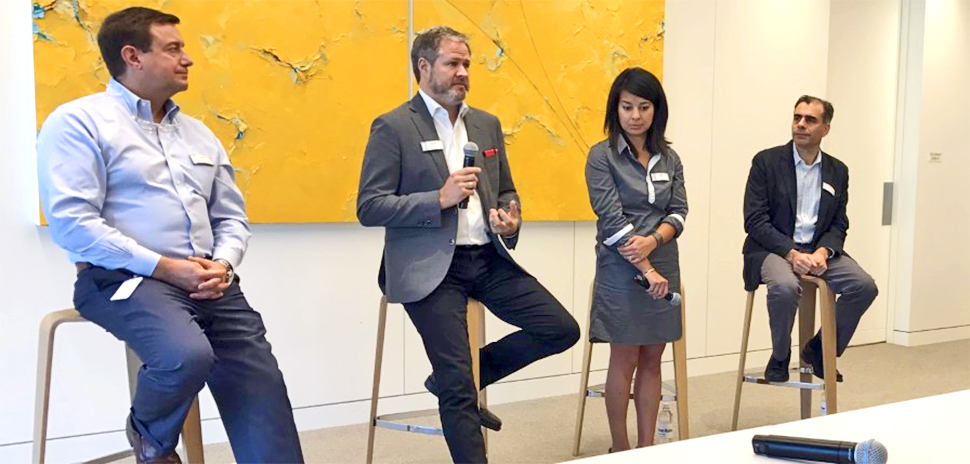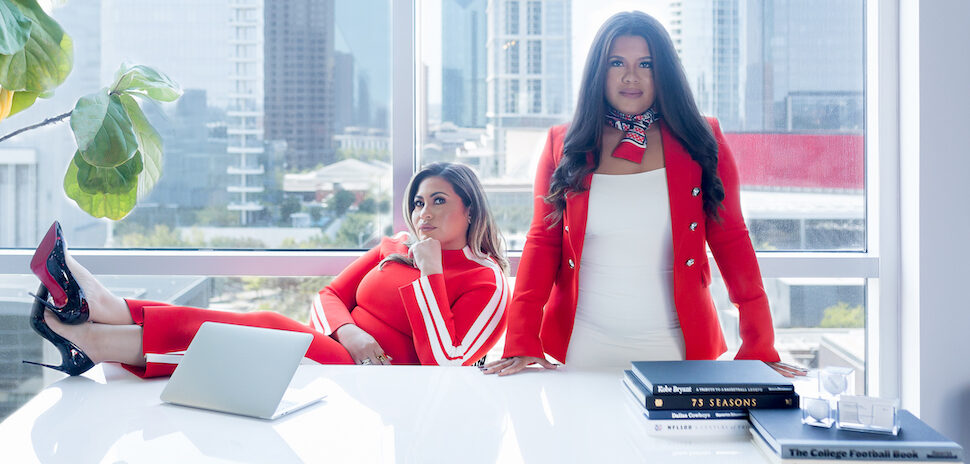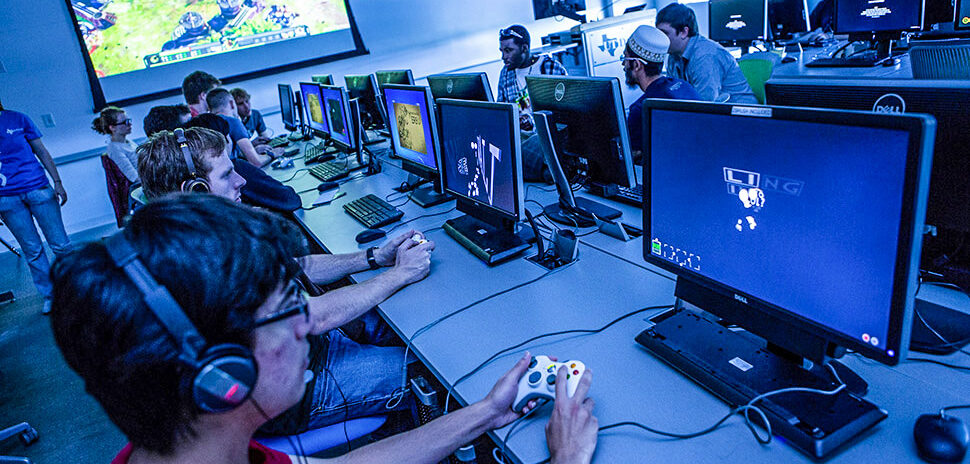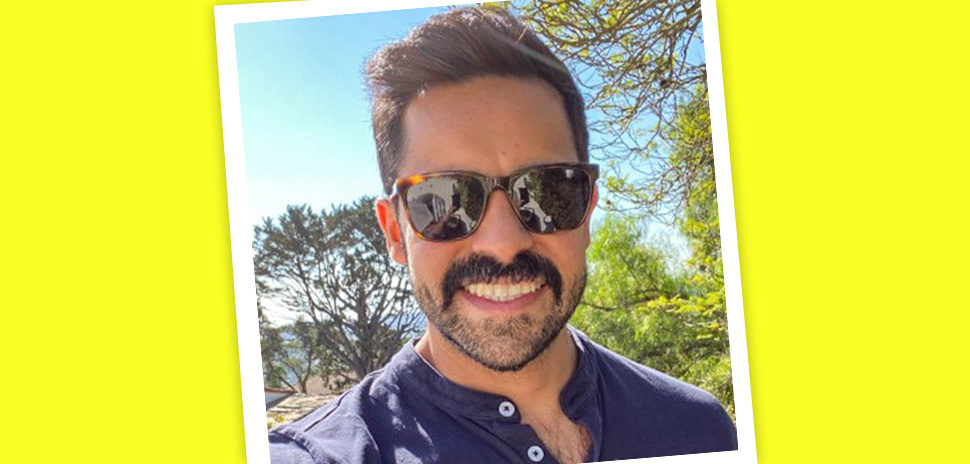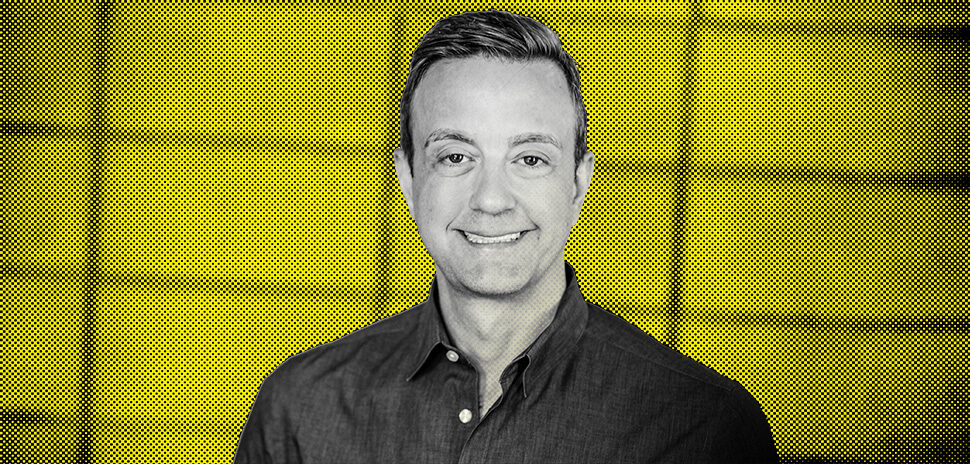Gensler released results from its 2016 U.S. Workplace study, which focused on how workplace environments and spaces can impact innovation.
Gensler, an architecture, design, planning and consulting firm with offices in 46 cities across the globe, including Dallas, gathered data from 4,000 office workers across 11 industries using its newly redesigned Workplace Performance Index (WPI) platform.
Results showed workplace design can drive creativity and innovation. Gensler found three key actions companies can do to improve their innovation ecosystem: invest in the individual, diversify group work spaces, and empower the whole community.
Experts gathered recently for breakfast and a discussion at the Jackson Walker event space in downtown Dallas to discuss the survey’s findings — and how they drive innovation in their own workplaces.
On the panel were, Chris Mach, area manager/corporate real estate at AT&T; Calvin Carter, founder and CEO of Bottle Rocket; Gracie Andraos, senior designer at Gensler; and Paul Manno, design principal at Gensler. Jana Pruet, executive editor at Dallas Innovates, moderated the discussion.
Companies often face different challenges trying to define innovation for their workplace.
“Too many groups feel like they have to go way out of their way to create innovation,” Carter said. “[They feel] innovation has to be this monumental, big, slide-worthy, at the board meeting thing. And really, it’s a lot of the small things that make up the big things.”
“How about trying to replace the word innovation with inspiration?”
Paul Manno
Innovation can literally be something you do every day, such as a having different perspective and mindset, he added.
“How about trying to replace the word innovation with inspiration?” Manno suggested.
If we inspire employees to do really great work and be really productive, that’s what it’s all about, he said.
When Bottle Rocket was designing its new workspace, Carter said he knew there wasn’t one design that would work for everyone and the focus needed to be on usability, variety, and accessibility.
“This could be anything from the little panels on the wall to see if a room is available or not, naming conventions for rooms,” he said. ” … Simple things like having every dongle known to man being zip-tied and hung on the wall so when you walk into a conference room you didn’t spend 10 minutes trying to get your laptop to connect.”
In doing these types of things, Carter said it allows the employee a chance to figure out what they need for the mental space they’re trying to create in that moment.
“Know the line of business, understand the line of business, and where it’s headed for the future,”
Chris Mach
Bottle Rocket employees wanted fewer distractions — and open workspaces, he said.
The solution was designed spaces that were open, but where teams were contained, which Carter said boosted his employees’ morale.
During the design phase, Manno said he reminds clients that everyone works differently and diversity of spaces is important.
For instance, law firms used to have huge filing rooms and wouldn’t have considered huddle spaces as a necessity, but today many have incorporated these types of changes into their spaces.
They learned from looking at other industries and how they used their spaces.
“Know the line of business, understand the line of business, and where it’s headed for the future,” Mach said.
Companies without big budgets can also make impactful workspace changes.
Andraos suggests changing up the furniture or painting the walls.
Another idea is to remove traditional tables and chairs out of conference rooms and replace them with lounge chairs so it’s less formal, she said.
“What doesn’t cost money is a cultural change.” Gracie Andraos
Still, some companies may not be able to change furniture or paint due to budget or space limitations.
“What doesn’t cost money is a cultural change,” Andraos said.
Also, allowing employees to work outside the office or in different spaces can inspire creativity.
Everything big is made of things that are small, Carter said.
“AV that works … a television that works … ” he added.
Having the mindset and ownership or autonomy to do the work asked of them.
For one startup client, Gensler designed a custom table where all the employees sit every day. It helped the company maintain its culture and showed the employees that the founder remembered where it all began.
Now, every day, all 45 employees sit around a massive table together, Manno said.
The panelists agreed there are real ways companies can help employees feel like they are making a difference.
As we become more educated in how to lead people through change we’ve become more educated on how space evolves. It goes beyond the event and space. Keep the continuing supportive sources as the company continues to evolve, Mach said.
Being a good leader starts with purpose, Carter said.
“Find ways to see their fingerprint in the business. Everyone wants to matter. One way to do that is to see the change you make in the world. Even if it’s small things,” Carter said. “Connecting successes to an individual person’s actions.”
Delivering what’s new and next in Dallas-Fort Worth innovation, every day. Get the Dallas Innovates e-newsletter.

